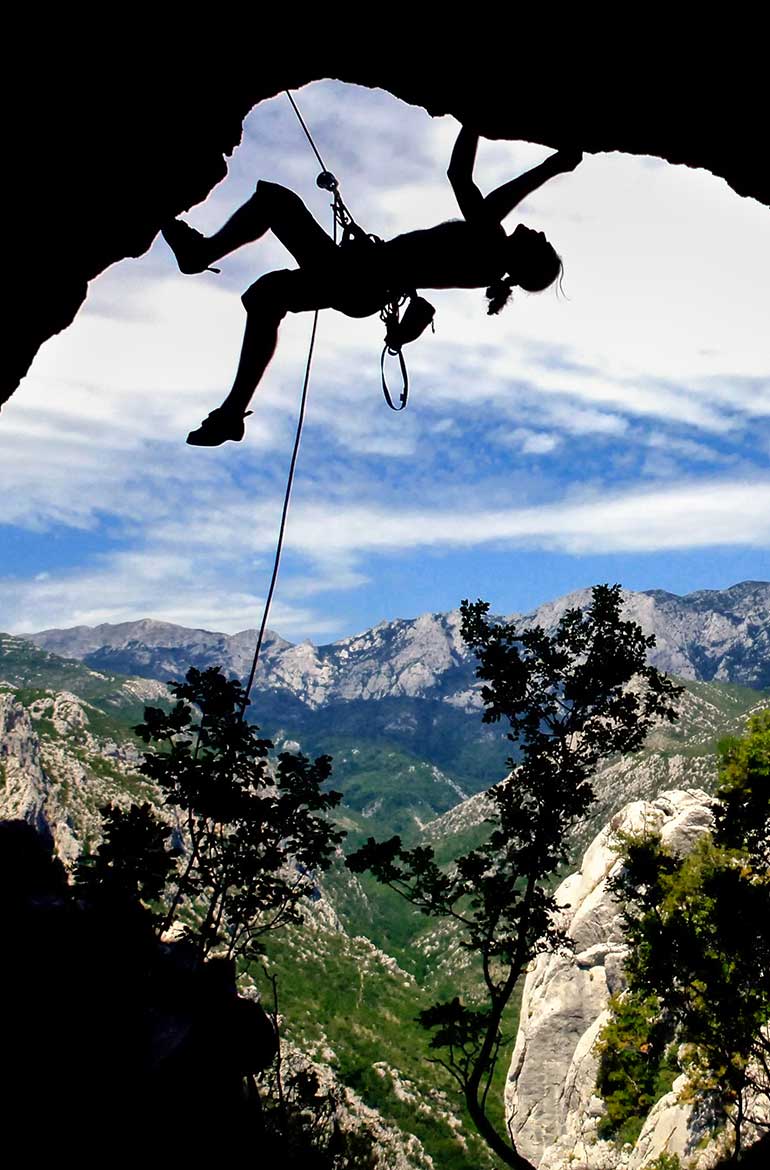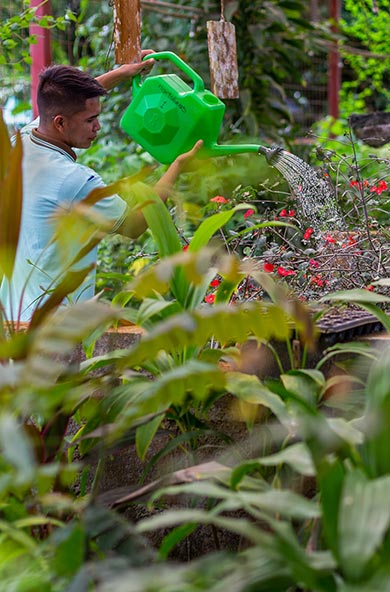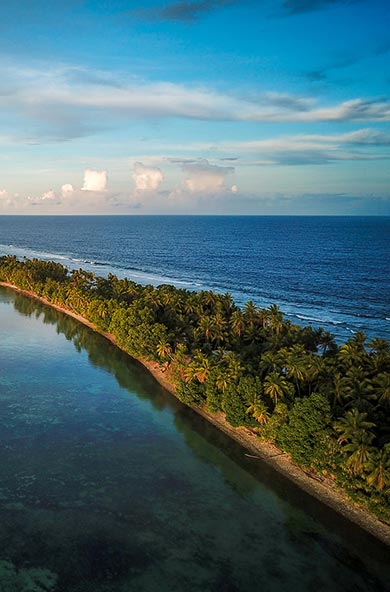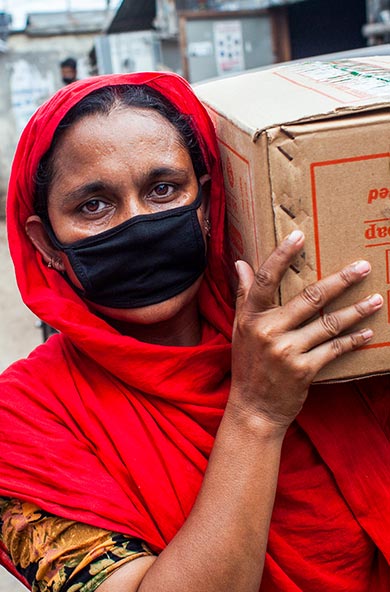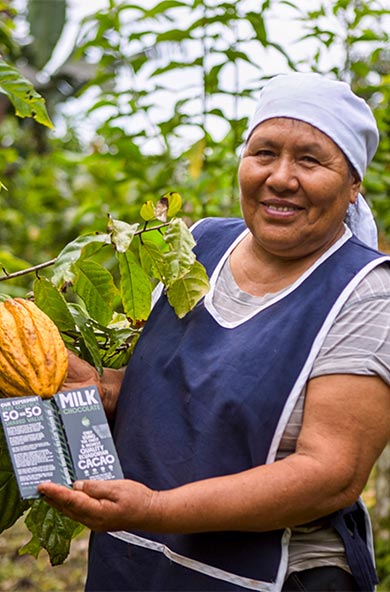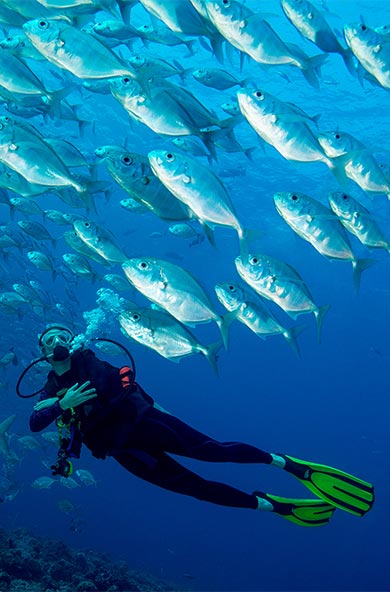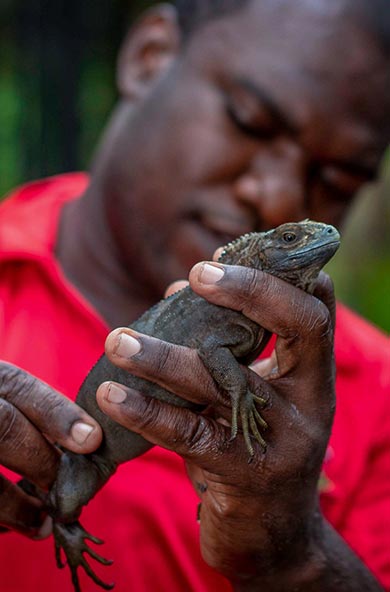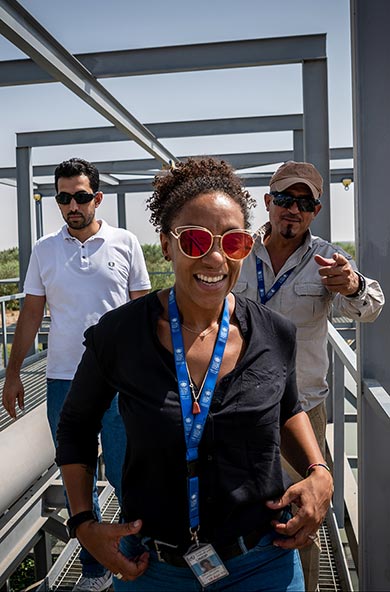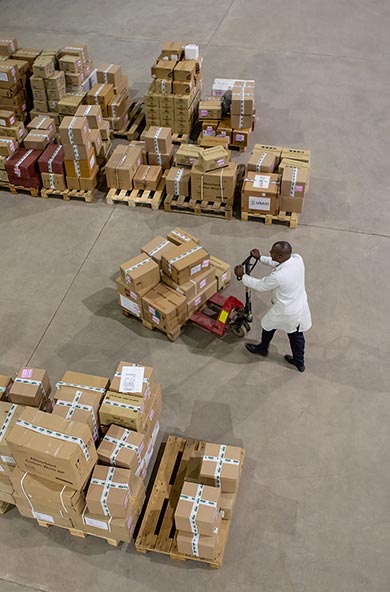Our future, and that of the planet, depends on placing nature at the heart of sustainable development. World leaders have gathered in Geneva, Switzerland, to negotiate a new set of global ambitions for nature, termed the post-2020 global biodiversity framework. Due to be finalized later this year under the UN Convention on Biological Diversity, it will play a key role in reversing biodiversity loss and promoting the sustainable use of nature.
These negotiations come at a critical time in human history. The Sixth Assessment Report from the Intergovernmental Panel on Climate Change, released earlier this month, suggests that without swift action this decade, the already widespread dangers of climate change will overwhelm us. A new report from World Wildlife Fund (WWF) warns of the gap between ambition and action to address the nature crisis, and makes the case that resources for transformative change must match the scale of global commitments. Despite this urgency, we have failed to meet a single global target on nature in the last decade.
Opened for signature in 1992, and now with 196 government parties, the UN Convention on Biological Diversity is dedicated to the conservation and sustainable use of biodiversity and the sharing of benefits from the use of genetic resources, as a contribution to sustainable development. It recognizes that nature is about more than plants, animals, and ecosystems. It is also about people and our need for food security, medicines, fresh air and water, shelter, and a clean and healthy environment. So why haven’t nations been able to meet the goals? And what can we do to change this story?
There are many answers to these questions. Let’s look at one. With limited resources, governments must prioritize delivering on their commitments. The result is nature is often sidelined in favour of short-term economic development. As the risks from the degradation and decline in nature increase, this will no longer be possible. Nature, and the services it provides to humanity, must be at the core of every country’s development plan.
UNDP and the UN Environment Programme World Conservation Monitoring Centre (UNEP-WCMC) build capacity for the use of spatial data and maps to enable sustainable development in harmony with nature. They help governments to identify where and how actions can be taken to deliver across their diverse priorities, from ensuring their citizens’ well-being, to mitigating climate change, to safeguarding the natural world. Digital innovation, including through the development and use of improved spatial data and analysis, can help to change our collective global story. Let’s explore this further through three examples:
UN Biodiversity Lab 2.0 (UNBL). UNBL is a powerful open-access platform that enables users to calculate dynamic metrics and map hundreds of data layers displaying ecosystems, protected areas, carbon, and ecosystem services. UNBL provides users with the tools to use national spatial data alongside global datasets to create baselines, plan interventions, and monitor change over time. It is an example of what the Coalition for Digital Environmental Sustainability (CODES) aims to deliver at scale, and is a core offering of UNEP’s World Environment Situation Room. Tools such as UNBL offer a powerful way to calculate biodiversity baselines and monitor the impact of interventions as they work to implement the post-2020 global biodiversity framework.
Mapping Essential Life Support Areas. Building on the foundation offered by UNBL, this initiative brings together science and policy to develop spatialized action plans based on national priorities. Working closely with national policymakers and scientists, it uses systematic conservation planning to produce a ‘Map of Hope’, which can help governments explore where action to protect, manage, and restore nature can most efficiently contribute to diverse national priorities. Active in 13 countries and with a proof-of-concept in development for any country in the world, this project has the potential to provide powerful support to implement the transformative change needed to achieve the post-2020 framework.
The Nature Map initiative has also used systematic conservation planning approaches, this time starting at a global scale, to assess the potential benefits of terrestrial ecosystem conservation and restoration. The resulting maps illustrate the potential benefits of retaining and restoring ecosystems for species, carbon stocks and clean water. Along the way Nature Map produced new global datasets on these themes and more, available through UN Biodiversity Lab. Building on this collaboration, a new SPACES coalition is being launched in 2022, bringing together a diversity of stakeholders with the vision that spatial intelligence for nature and climate becomes widely available and is used to operationalize commitments and targets, frame integrated nature and climate strategies, and promote transparency and accountability.
These examples illustrate how spatial data can support national processes to design transparent development pathways that benefit nature and society. As parties develop global goals and targets for biodiversity for the coming decade, the world must pivot to urgently implementing them to create the transformative change needed to shift our planetary trajectory from crisis to regeneration. UNDP and UNEP-WCMC, together with our partners stand ready to support them in this important work.
The UN Biodiversity Convention’s 24th meeting of the Subsidiary Body on Scientific, Technical, and Technological Advice (SBSTTA-24), third meeting of the Subsidiary Body on Implementation (SBI-3) and third meeting of the Working Group on the post-2020 global biodiversity framework are resuming their discussions in Geneva, Switzerland, from 14 – 29 March 2022. Learn more here.

 Locations
Locations
